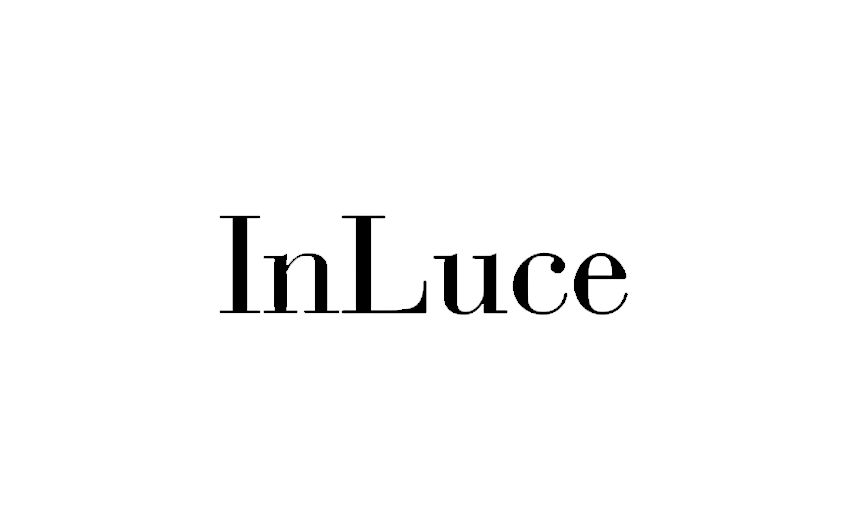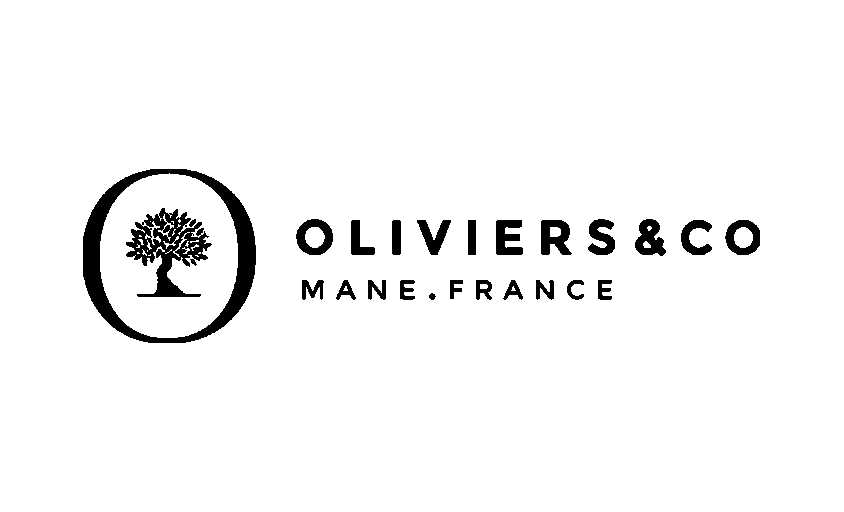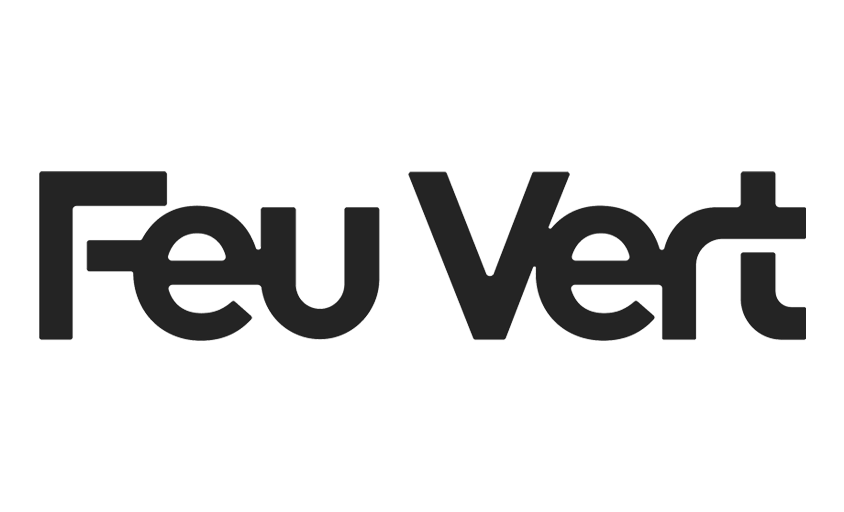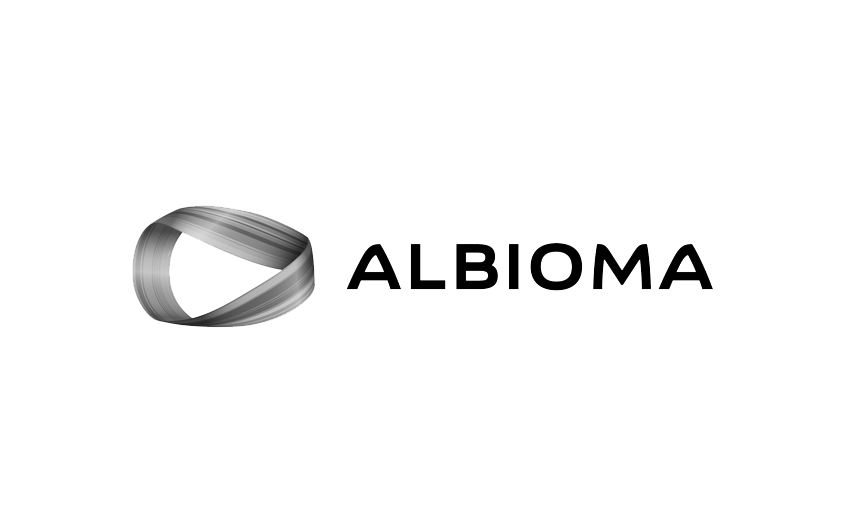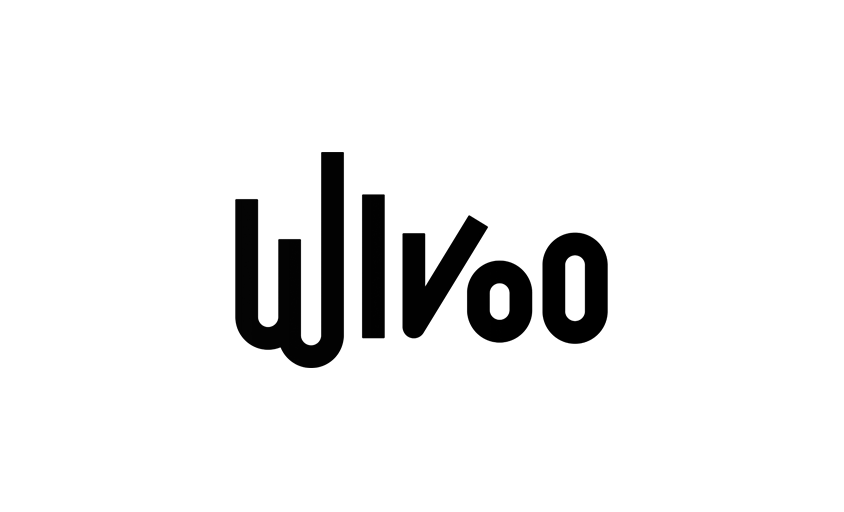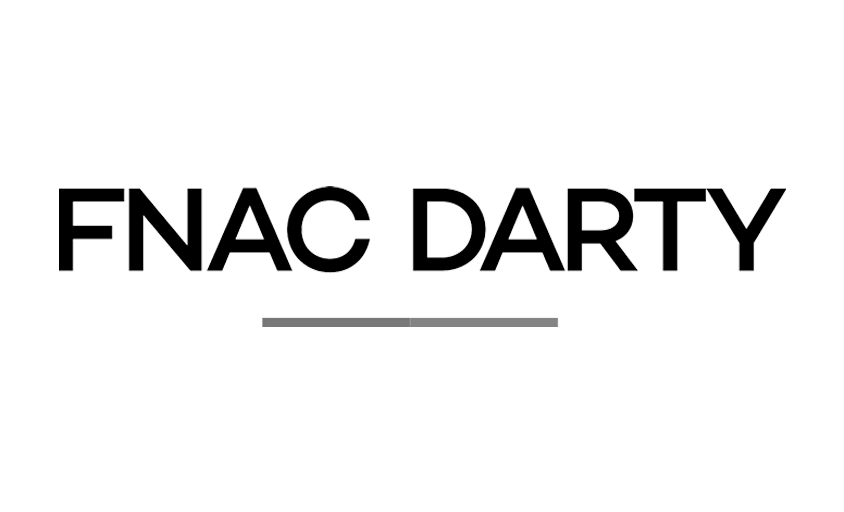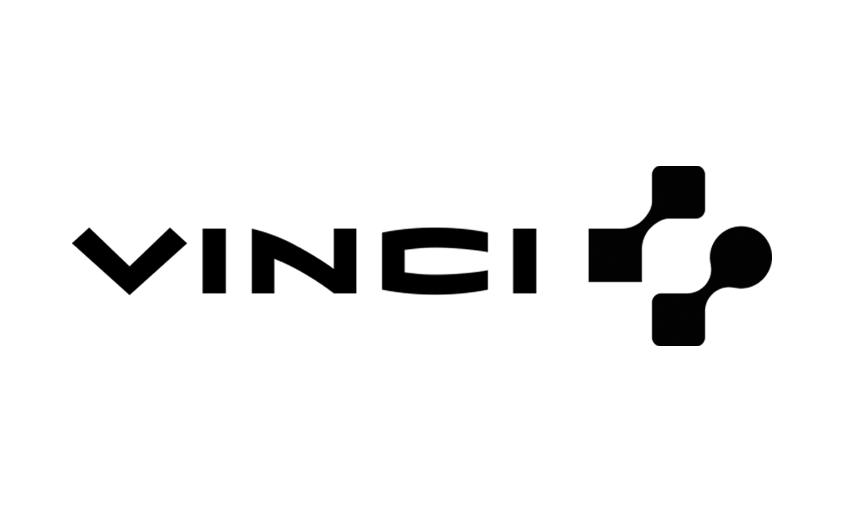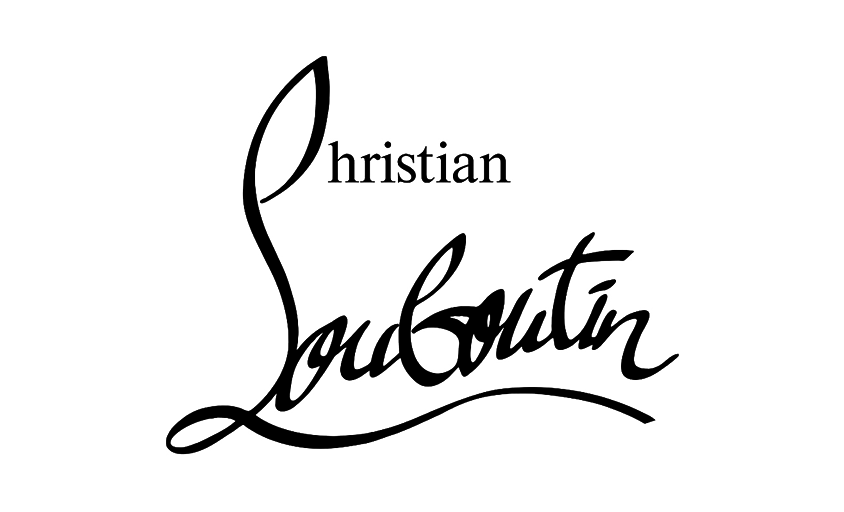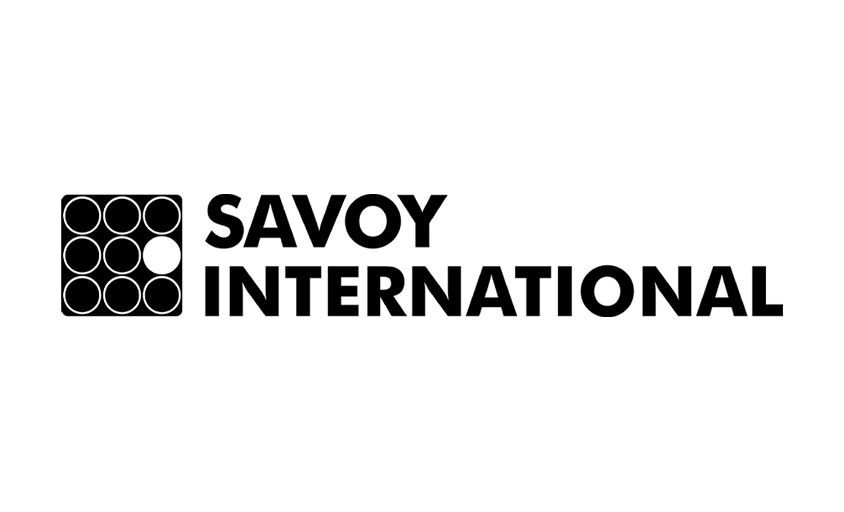CMYK
In this article :
In the field of retouching, CMYK (Cyan, Magenta, Yellow, Black) is the essential color space for preparing and optimizing visuals intended for print. Part of the color systems dedicated to printing, it differs from digital spaces like RGB by focusing on reproducing colors on paper, ensuring an accurate match between what you see on the screen and the final printed result. This color mode is therefore a crucial tool for retouching and prepress professionals, allowing for precise adjustment of tones and control over saturation to achieve flawless output. Mastering CMYK ensures that your images are faithfully translated across all types of printed media while preserving their visual impact.
The Advantages of CMYK in Retouching
Using CMYK in retouching offers several decisive advantages for the final quality of your prints. By working within this space, you can anticipate the color variations specific to printing, notably by adjusting the levels of cyan, magenta, yellow, and black. This helps avoid unpleasant surprises when transitioning from digital to paper. Additionally, using CMYK ensures precise management of gradients and contrasts, which are essential for achieving dynamic images that are true to your artistic vision. This color mode is particularly suitable for projects that require high precision, such as catalogs, brochures, or fine art prints.
Integrating CMYK into Your Retouching Workflow
Integrating CMYK into your workflow is a strategic step to optimize the quality of your printed projects. From the post-production phase, it is recommended to convert your images from RGB mode to CMYK in order to make specific adjustments for printing. This conversion allows you to create adapted color profiles and test the final output on various media through physical proofs (hard proofs). Furthermore, working in CMYK facilitates communication with printers, as it provides a standardized reference for harmonizing results across different types of paper and inks. By adopting this mode, you gain increased control over color and saturation, ensuring consistency of your visuals across all distribution channels.
Tips for Optimal CMYK Management
To fully leverage the potential of CMYK, it is essential to regularly calibrate your equipment and use color charts during shooting and retouching. Calibration tools, such as gray and color charts, will help you check and adjust the color balance, minimizing discrepancies between the on-screen display and the printed result. Additionally, it is recommended to work with test copies (digital or physical proofs) to validate each adjustment before final production. These practices will help you maintain flawless color consistency and optimize your retouching workflow for professional results.
Conclusion
CMYK has become the essential color space to ensure the fidelity and quality of your prints. By mastering this tool, you can anticipate and correct the color variations specific to the transition from digital to print while optimizing your retouching process. Adopting CMYK in your workflow ensures not only precise reproduction of visuals but also effective communication with your printing partners. Ultimately, fully exploiting the potential of CMYK is the key to transforming your retouches into high-quality printed works of art. Are you ready to integrate this color space into your creative process to elevate your projects?
Jérémy Carlo is the editorial director at Rétines, where he ensures the consistency and clarity of all content produced by the studio.
Our Clients
Let’s discuss
What we do for you at Rétines
Meticulous work, an organised project and fast delivery. And to achieve this, we mobilise the right resources in our teams at the right time.
01
Pre-production
Artistic and technical direction tailored to the project.
Relevant recommendations on content, form and resources.
02
Photo Shooting
Photos taken by our experienced photographers.
Production that’s controlled, efficient and tailored to the needs of the project, with nothing superfluous.
03
Retouching
Technique
Photographs magnified by our retouching team.
Post-production to meet the commercial challenges of the brief.

